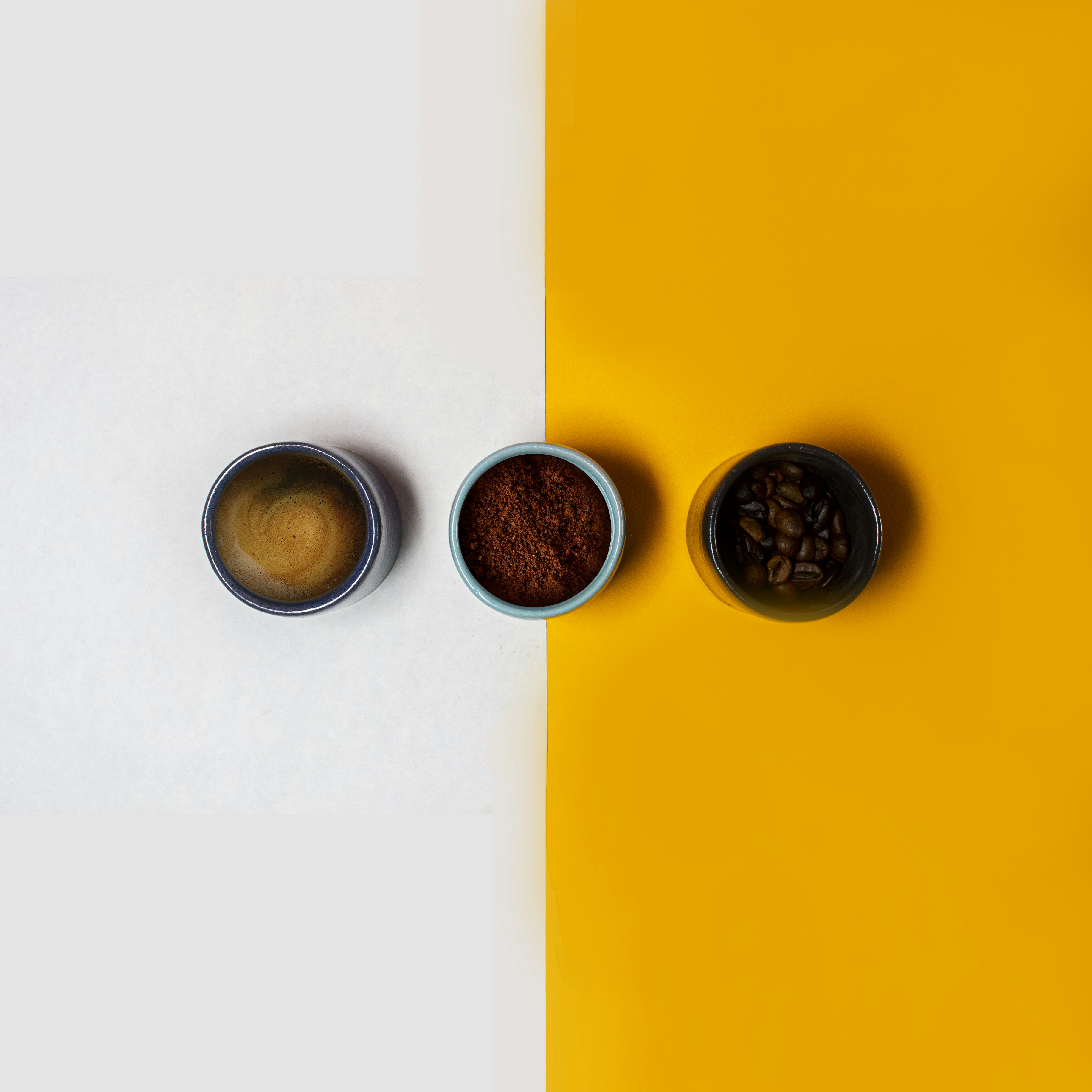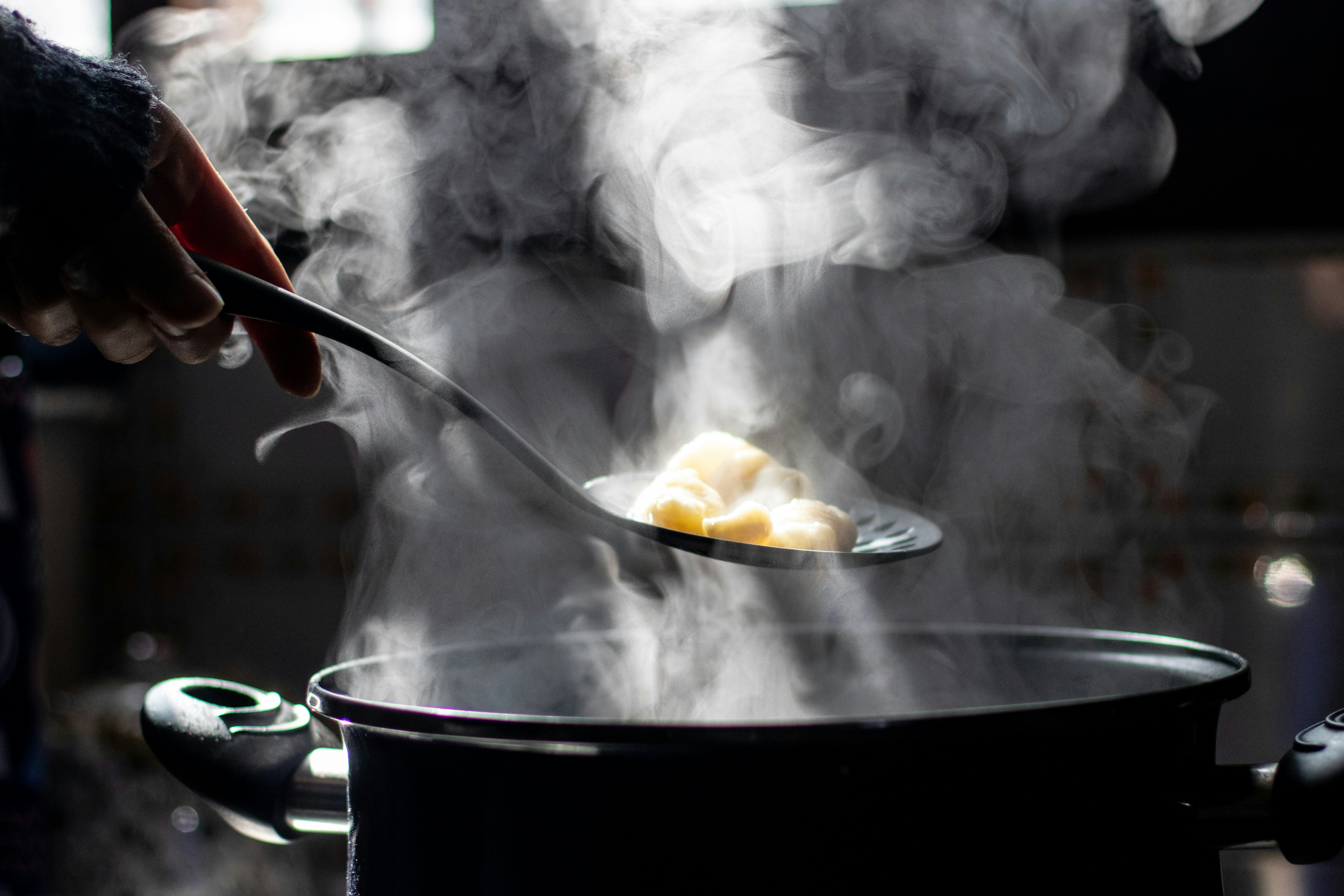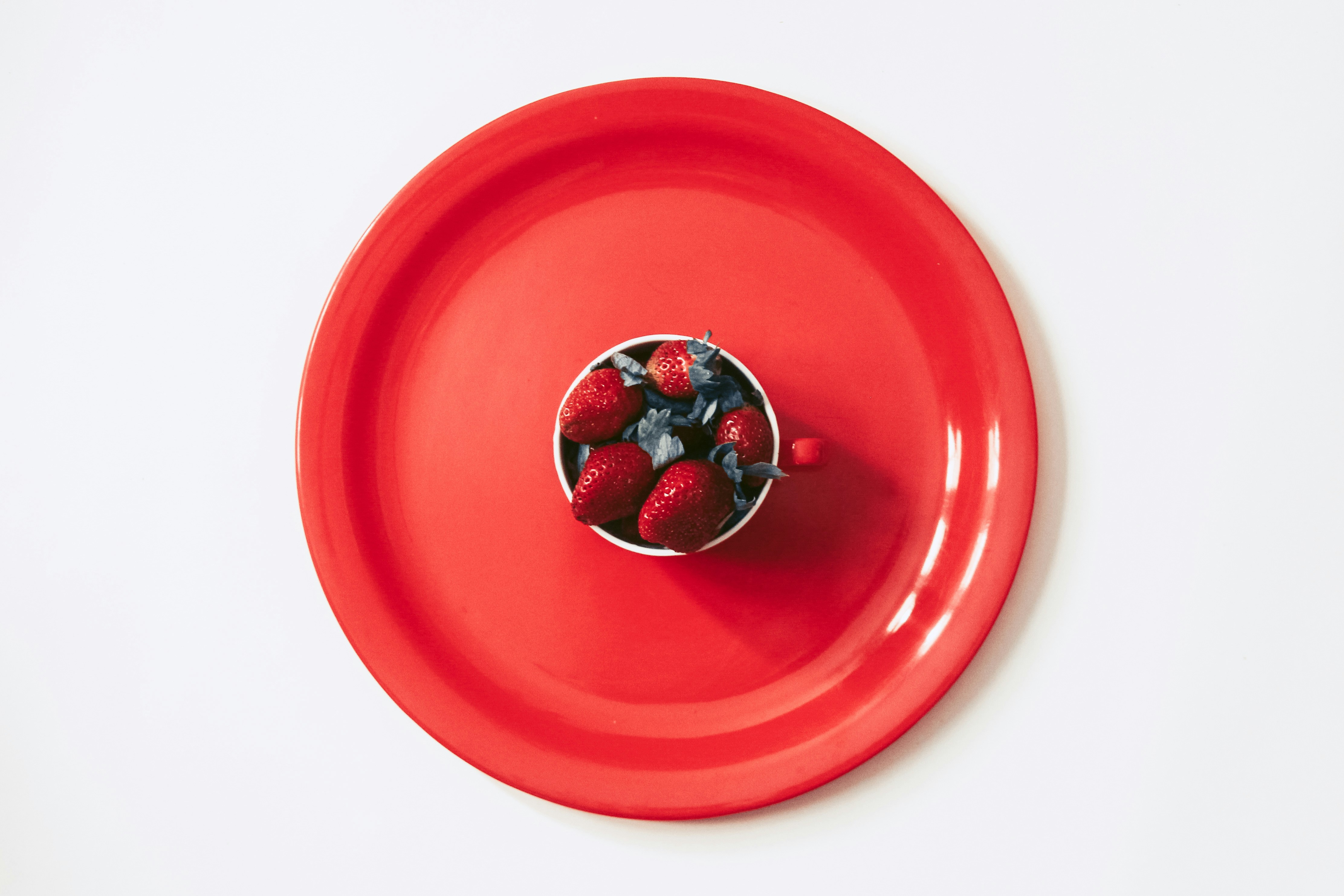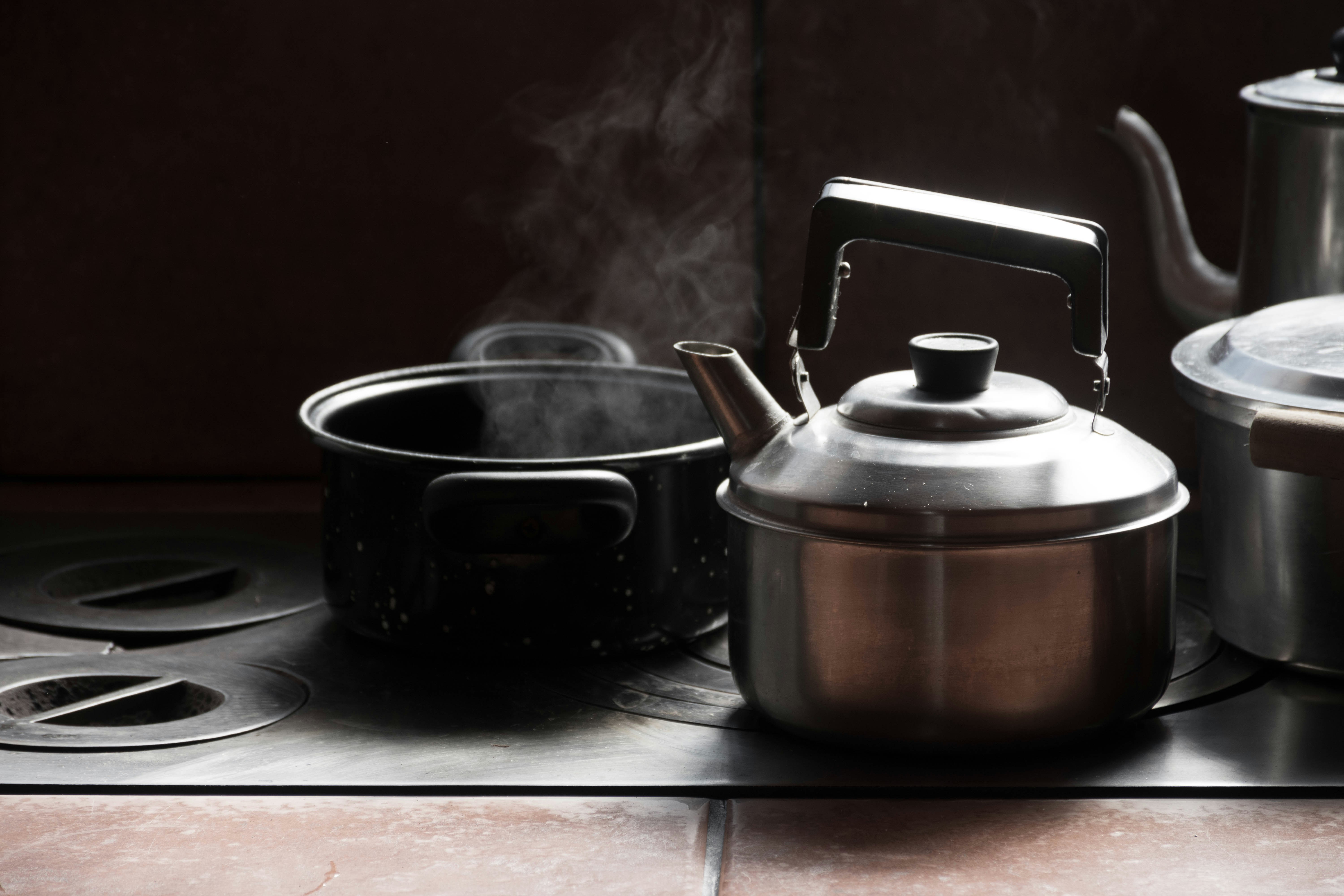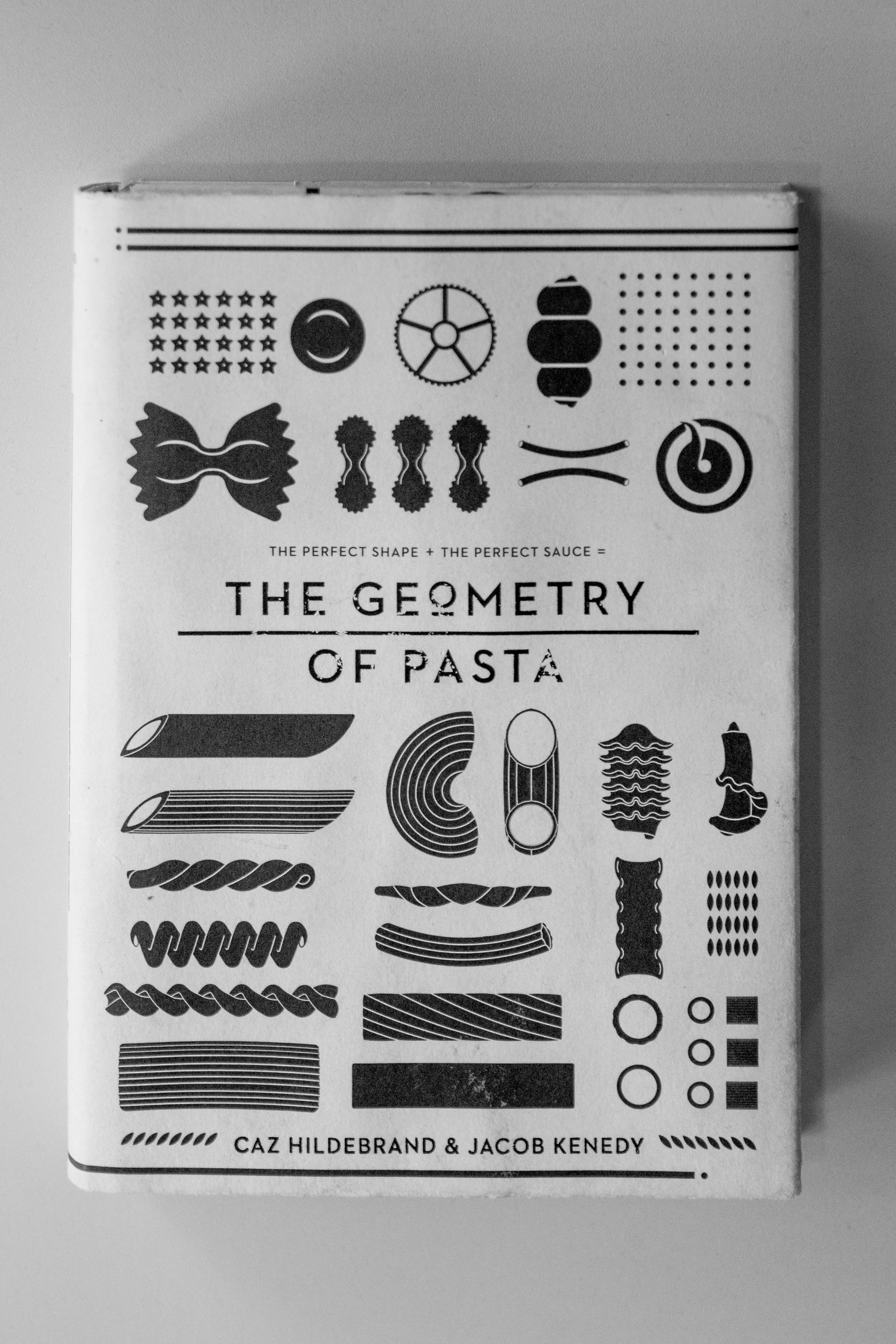Flavor-Pairing Alchemy: Create Culinary Magic with Unique Ingredients
When it comes to the world of cooking, the line between ordinary and extraordinary can often be drawn by a splash of creativity and a dash of exploration. “Flavor-Pairing Alchemy” might sound like culinary sorcery, but for adventurous home cooks and food enthusiasts, it’s a golden ticket to transforming the mundane into the remarkable. This article invites you to journey beyond traditional ingredients, embracing unconventional pairings that will enhance your meals and awaken your taste buds.
The Art and Science of Flavor Pairing
Before diving into specific magical combinations, it’s important to understand the fundamental principles of flavor pairing. At its core, flavor pairing is based on the chemistry of food and how different ingredients interact on the palate. This concept has recently gained traction in culinary circles, shedding light on how flavors complement or contrast with one another.
Research by food scientists has shown that ingredients sharing similar aroma compounds often taste good together. This aromatic link is where the "alchemy" of flavor pairing really comes into play. It's about exploring unexpected combinations—like chocolate and chili or strawberries and basil—that can elevate a simple dish into an unforgettable experience. When harnessed correctly, flavor pairing can revolutionize your cooking and open doors to a world of culinary creativity.
The Role of Intuition in Cooking
Interestingly, flavor pairing isn’t just a science; it’s also an art. While knowledge of flavor profiles is invaluable, cooking with intuition can lead to some of the most delightful discoveries. For example, have you ever tossed together remnants of your fridge and created a surprisingly scrumptious meal? This improvisational approach is deeply tied to your personal culinary history—a concept explored in more depth in our piece on cooking styles shaped by experiences.
Intuition, combined with a bit of knowledge, can help you make bold culinary decisions. Instead of sticking rigidly to recipes, consider how flavors might react in an unexpected pairing. This shift in mindset can free your creativity in the kitchen.
Unconventional Pairings That Will Astound
Now let’s break down a few unconventional, yet intriguing ingredient pairings that offer a unique twist on traditional dishes. Each combination aims to highlight how various elements can work together to create something exquisite.
1. Honey and Blue Cheese
This is a classic combination that continues to surprise and delight. The rich, creamy profile of blue cheese is beautifully complemented by the sweetness of honey. Try drizzling honey over a salad featuring mixed greens and blue cheese for a decadent yet balanced flavor experience.
2. Miso and Chocolate
While miso typically graces savory dishes, its umami flavor can create a startlingly delicious backdrop for desserts. Miso chocolate cookies or brownies leverage the salty-sweet contrast for a rich and complex experience. Incorporating a touch of miso into your chocolate sauce for drizzling over ice cream can elevate your dessert game.
3. Strawberries and Black Pepper
If you thought strawberries were merely for sweet dishes, think again! Adding freshly cracked black pepper to strawberries brings out an aromatic profile that enhances their natural sweetness, making for an intriguing addition to salads or desserts. Consider pairing them with a rich balsamic reduction for an added layer of flavor.
4. Coconut and Curry
Coconut milk can soften the spices in curry dishes, creating a rich and velvety texture that balances the heat. Whether you’re making a traditional Thai curry or incorporating coconut into a soup, this pairing creates a harmonic flavor profile that is comforting and flavorful.
5. Peanut Butter and Pickles
This combo might raise eyebrows, but peanut butter and pickles create an unforgettable play between salty, creamy, and tangy flavors. Spread peanut butter on toasted bread and top with pickle slices for a quick snack that packs a flavorful punch.
Exploring Global Flavors
While unique ingredient pairings can elevate your dishes, exploring flavors from around the globe can also inspire your culinary adventures. Drawing from various cultures invites a freshness to your kitchen that fosters creativity and diversity in your cooking.
Taste Around the World
Consider infusing flavors from Asian cuisines, such as incorporating lemongrass and ginger into Western dishes, or experimenting with using Mediterranean herbs like dill and mint in Asian stir-fries. Each region brings its own unique ingredient palette—and your imaginative combination can create surprisingly beautiful blends. Delve into the concept in our article on exploring global flavors.
The Science Behind Flavor Pairing
Flavor chemistry plays a huge role in the success of your culinary adventures. Understanding the science behind why certain flavors work can empower you to trust your instincts and explore further. Ingredients often harmonize based on shared compounds. For instance:
- Cilantro and Lime: Common in Mexican cuisine, these ingredients share citrusy taste notes.
- Garlic and Rosemary: A classic pairing in Mediterranean dishes, both ingredients create a fragrant, savory flavor profile.
By understanding what compounds contribute to your favorite dishes, you can make informed decisions about how to combine flavors in more unexpected ways.
Techniques to Enhance Flavor Pairings
In addition to selecting unique ingredients, consider employing culinary techniques that enhance the flavor profiles of your dishes.
-
Fermentation: Utilizing fermented ingredients such as kimchi or sauerkraut can add complex flavors to your meals. These ingredients have a rich history in culinary practices, which you can explore further in our discussion of fermentation techniques.
-
Infusing Oils: Creating infused oils with herbs, spices, or citrus can dramatically enhance the final taste of your dishes. A rosemary-infused olive oil drizzled over focaccia takes your starter to another level of indulgence.
-
Roasting Vegetables: This technique caramelizes the natural sugars in vegetables, enhancing sweetness and flavor depth. Pair roasted beets with goat cheese for an earthy-sweet combination that is both visually stunning and delicious.
Mindful Cooking: The Emotional Connection
As we delve deeper into the world of flavor pairing, it’s important to consider not just what ingredients work together, but also how they influence our emotions and memories. Food has always been a time capsule of sorts, capturing moments in your life with every bite.
The Emotional Plate
Infusing emotion into cooking can be transformative. You might reminisce about a childhood favorite or feel comforted by a family recipe. Using color in your dishes, as discussed in our article on using colors to elevate mood, can further enhance this emotional experience. Usually, the association of colors with certain flavors can evoke feelings and memories that enrich our meals.
Creativity and Calling to Action
Embrace your creativity in the kitchen! Try your hand at creating a unique flavor pairing inspired by your personal experiences. For example, take a beloved dish from your childhood and reimagine it with an unusual ingredient. Who knows? You might stumble upon your new favorite recipe!
Next Steps in Flavor-Pairing Adventure
To further enhance your cooking skills, consider these next steps in your culinary journey:
- Keep Exploring: Try new ingredients or cuisines once a week. Let your curiosity lead the way.
- Record Your Discoveries: Maintain a cooking journal to note down successful (and not-so-successful) flavor combinations.
- Join a Cooking Class: Delight in learning from professionals who can guide you through advanced flavor pairing.
- Host Flavor-Tasting Parties: Share your new creations with friends and family, gathering feedback on your culinary innovations.
Final Thoughts
As you embark on the flavor-pairing alchemy journey, remember that the kitchen is your laboratory. Every experiment holds potential—through courageous combinations of ingredients, you can discover unexpected culinary magic. Not only will the dishes you create captivate the palate, but they will enliven your spirit as well.
Let today be the day you step outside your culinary comfort zone and begin creating the dishes you’ve only dreamed of. After all, in the art of cooking, the possibilities are as limitless as your imagination.
